The Lake Sturgeon is a species of freshwater fish that lives in North America. It is one of the few sturgeon species that is not directly threatened with extinction.
As you might have guessed by their name, this fish lives primarily in lakes and rivers. It does not migrate into the ocean seasonally like many other sturgeon species do. Read on to learn about the Lake Sturgeon.
Description of the Lake Sturgeon
This fish has a long, slender body with a slightly upturned rostrum, or snout. Instead of scales, it has rows of hard plates, known as “scutes.” As the fish grows, these scutes become less prominent.
As adults, these fish reach a maximum length of about 6 or 7 feet long. The heaviest individuals tip the scales at 200 lbs. or more!
Interesting Facts About the Lake Sturgeon
Many researchers consider these creatures “living fossils.” Learn what that means, and what else makes them so unique, below.
- Prolific Egg Production – When these large fish breed, they do so with a bang! In a single year, a large female can produce several million eggs! The larval fish receive no parental care or guarding. Only a tiny percentage actually survive to adulthood.
- Long-Shot – Of those that survive their first couple of years, even fewer reach breeding age. These long-lived fish do not begin to reproduce until they are around 20 years old!
- Picky Parents – Though females produce lots of eggs when they spawn, they do not reproduce every year. On average females breed once every 4 to 9 years ,while males breed every 2 to 7 years.
- What’s in a Name? – The term sturgeon loosely translates to “the stirrer.” These fish use their upturned rostrums to shuffle through the mud at the bottom of lakes and rivers. When they find a tasty worm or small fish, they quickly slurp it up.
Habitat of the Lake Sturgeon
These large fish live in freshwater systems, usually lakes, ponds, and rivers. They usually forage along the bottom of water bodies, or benthic regions. Generally, these fish prefer sand and gravel substrates when breeding, and mud or silt bottoms to search for food.
Distribution of the Lake Sturgeon
Like all sturgeons, this species lives only in the northern hemisphere. They range throughout various lakes and rivers in North America. You can find these large fish in the Great Lakes, the Hudson Bay, throughout much of the Mississippi River Basin, and more.
Diet of the Lake Sturgeon
This species is carnivorous, which means that it eats other animals. However, it has no teeth, so invertebrates make up most of its prey. They eat worms, snails, small fish, larvae, crayfish, crabs, and more.
They have poor eyesight, and do not use their sight to hunt prey. Instead, they feel through the mud with their sensitive rostrums. They also have whisker-like barbels that hang from their rostrums, much like those of the catfish. When this fish feels a potential meal, it quickly sucks it into its mouth.
Lake Sturgeon and Human Interaction
Humans have hunted this species, and most sturgeons, for many years. We eat their eggs as caviar, as well as their meat. This activity has resulted in populations declines in some areas. However, the IUCN lists the population as a whole as Least Concern.
Domestication
Humans have not domesticated this fish in any way.
Does the Lake Sturgeon Make a Good Pet
No, you should not own this species as a pet. They grow incredibly large, and you would not be able to comfortably house one in a home aquarium.
Lake Sturgeon Care
In zoos and aquariums, these fish require large tanks with plenty of space to swim. Tanks with curved walls help reduce any potential damage to the rostrum from bumping into the sides. Aquarists feed them commercially produced fish food, smelt, crayfish, clams, shrimp, and a variety of other seafood.
Behavior of the Lake Sturgeon
This species spends most of its time swimming slowly along the bottoms of lakes and rivers. It dips its curved rostrum beneath the mud or silt and stirs it, looking for food. For the most part, it is a solitary fish. However, it does congregate in larger numbers when it migrates to spawn.
Reproduction of the Lake Sturgeon
Individual fish will breed once every few years. As breeding season arrives, the fish migrate upstream in search of a suitable spawning ground. They reproduce by spawning, where the female releases her eggs into the water and then the male releases his sperm.
A single female can produce several million eggs, depending on her size. Jelly-like clumps of eggs stick to rocks, pebbles, and underwater vegetation. After about a week, the eggs hatch into the larval form of the fish. They grow rapidly, reaching nearly a foot in length by the time they are about a year old. However, they do not reach sexual maturity until they are about 20 years old.

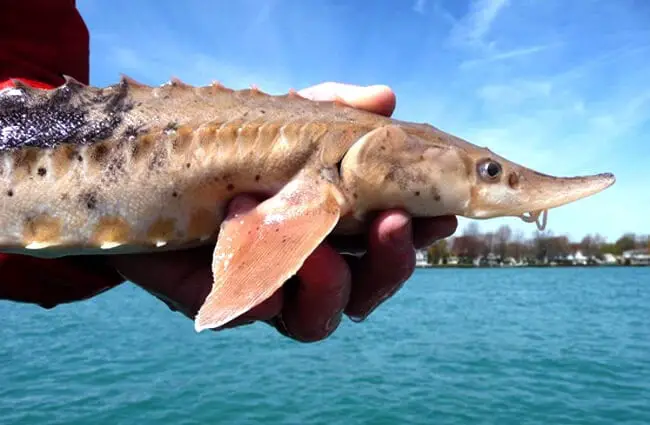
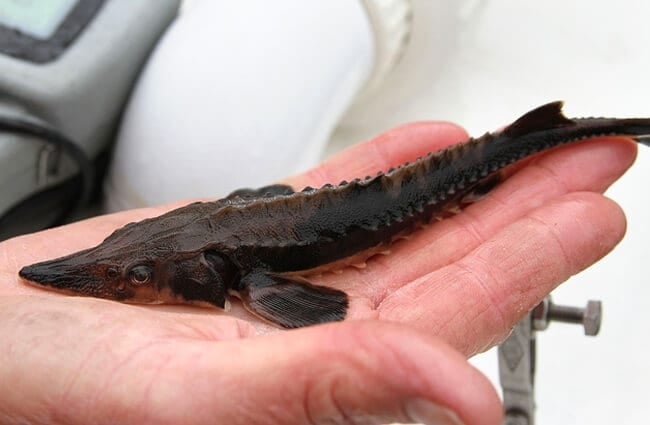
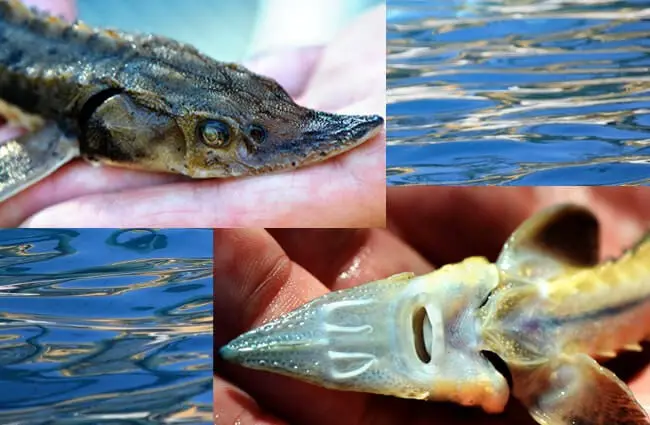

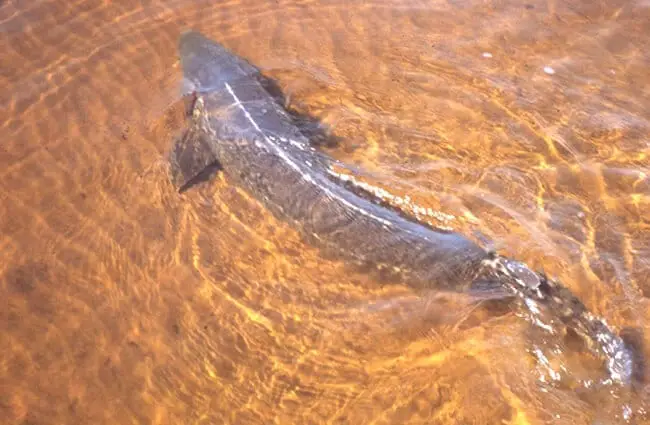


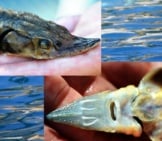
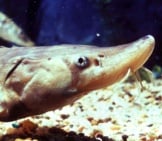
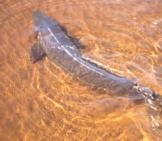
![Red Angus Closeup of a beautiful Red Angus cowPhoto by: U.S. Department of Agriculture [pubic domain]https://creativecommons.org/licenses/by/2.0/](https://animals.net/wp-content/uploads/2020/03/Red-Angus-4-238x178.jpg)




![Red Angus Closeup of a beautiful Red Angus cowPhoto by: U.S. Department of Agriculture [pubic domain]https://creativecommons.org/licenses/by/2.0/](https://animals.net/wp-content/uploads/2020/03/Red-Angus-4-100x75.jpg)

